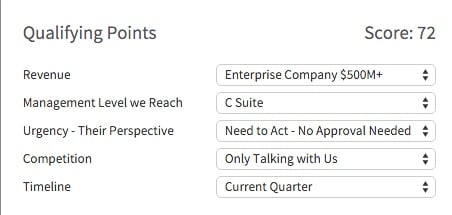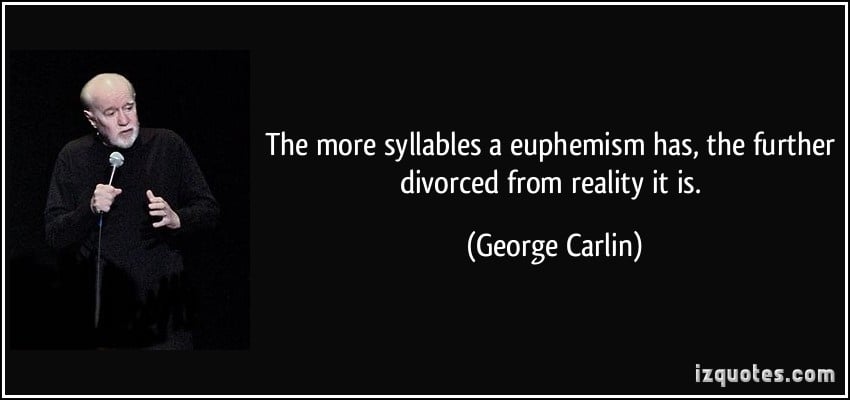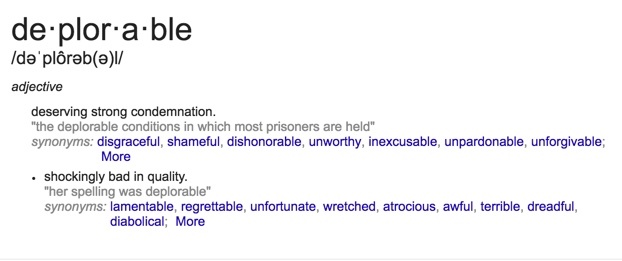Dave Kurlan
-
The Benefits of Completely Bashing Your Competition
- October 26, 2016
- Posted by: Dave Kurlan
- Category: Understanding the Sales Force

I’m referring to the circus known as the 2016 Presidential Election. It has moved from ugly to downright terrifying as we watch two presidential candidates slinging the most horrible attacks on each other. And the worst part is that most of those attacks are well deserved. But there is an important selling lesson we can take from all of this. Does bashing your competition ever work?
-
The #1 Key to Making Sales Forecasts Accurate Again
- October 24, 2016
- Posted by: Dave Kurlan
- Category: Understanding the Sales Force

What is they key to accurate sales forecasts? Sure, it’s all of the things I’ve written about before, like sales process, uncovering compelling reasons to buy, selling value, thoroughly qualifying, etc. But haven’t you witnessed more than enough opportunities where all of that was completed at an acceptable level and the business still failed to close? Don’t too many of those well qualified opportunities become delayed closes or losses? So what is it? What is the one thing that will accurately predict whether or not an opportunity is strong enough to pursue with everything you’ve got?
-
Is it Your Salespeople or Did You Make a Bad Decision?
- October 19, 2016
- Posted by: Dave Kurlan
- Category: Understanding the Sales Force

Salesforce.com.
Consider this quote from a client:
“You were right, you know. Six months ago, when you told us that we wouldn’t be happy with the integration of the customized sales process into Salesforce.com, we didn’t understand what you meant. But now we do. It’s clunky, not really part of the interface, the customization cost us tens of thousands of dollars, and it doesn’t work the way we need it to. We are so sorry we didn’t listen because that train has left the station.”
-
The Crucial Selling Skill That Nobody Talks About
- October 14, 2016
- Posted by: Dave Kurlan
- Category: Understanding the Sales Force

I couldn’t care less because the tool looked lame and if he thought that he was going to hurt my feelings with his threat to remove my name he is as stupid as he is impatient. And patience is what I want to talk about today.
-
What it Takes to be an Elite (Top 7%) Salesperson
- October 11, 2016
- Posted by: Dave Kurlan
- Category: Understanding the Sales Force

Last week I received a call from a young, motivated salesperson – we’ll call him Jim – who desperately wanted to be one of the elite 7% of all salespeople. Despite being just 26 years old, he believed that he was already in the top 7%. During our call, he asked me a great question. He asked, “How many of the top 7% have you actually met and where are they today?” I didn’t have to think very long or hard to answer that question because it was one of the easiest questions I have ever been asked.
-
I Admit it – Why Words in Selling Really Are Important
- October 5, 2016
- Posted by: Dave Kurlan
- Category: Understanding the Sales Force

When it comes to words, there was probably nobody more clever than the comedic genius George Carlin. The video below is the funniest and best example of his use of words. Watch that and then we’ll talk about how the same premise applies to sales.
-
What is the Single Biggest Differentiator Between Top and Bottom Salespeople?
- October 3, 2016
- Posted by: Dave Kurlan
- Category: Understanding the Sales Force

There is one Blog that I never fail to read, and that’s Seth Godin’s Blog. Seth doesn’t write about sales – he pens a thought leadership Blog – but sometimes his articles are very applicable to sales and selling. Recently, he posted two very short articles – each is less than 30 seconds to read and I believe they are both well worth your time.
The first is Fully Baked. The second, on a related topic, is Skills vs. Talents.
-
A Salesperson’s Terrible Reaction to Good Sales Training
- September 30, 2016
- Posted by: Dave Kurlan
- Category: Understanding the Sales Force

You won’t have to read much in today’s post because I included most of it in a short video. This is a story about a salesperson who reacted extremely badly to some great training tips and disrupted the training. His thinking is so representative of salespeople that struggle, and is the kind of thinking which, if shared with others, could derail an entire sales force!
-
Sales 102 – The Pitch Deck, the Price Reduction and the Data
- September 29, 2016
- Posted by: Dave Kurlan
- Category: Understanding the Sales Force

Recently I met with a CEO whose salespeople were not closing enough business. We had just evaluated their sales force and I had the answers as to why their sales were so underwhelming. Before we could explain what was causing their problem, the CEO said something along the lines of, “We are going to create a new pitch deck and reduce our prices. That will solve the problem!”
They weren’t suggesting a small price change either. It sounded like an 80% reduction and their reasoning overlapped with one of the contributing issues that we identified. Their salespeople weren’t reaching decision makers which raises more questions. Why weren’t they reaching decision makers and could anything be done about it? Would lowering their prices solve the problem or did the issue go deeper than that?
-
A Sales Expert’s Take on Who is Most Deplorable
- September 19, 2016
- Posted by: Dave Kurlan
- Category: Understanding the Sales Force

So who is most deplorable? Hillary has done some pretty deplorable things. Trump has said some deplorable things. But if you want to know who is the most deplorable, it’s not them. It’s the media.
